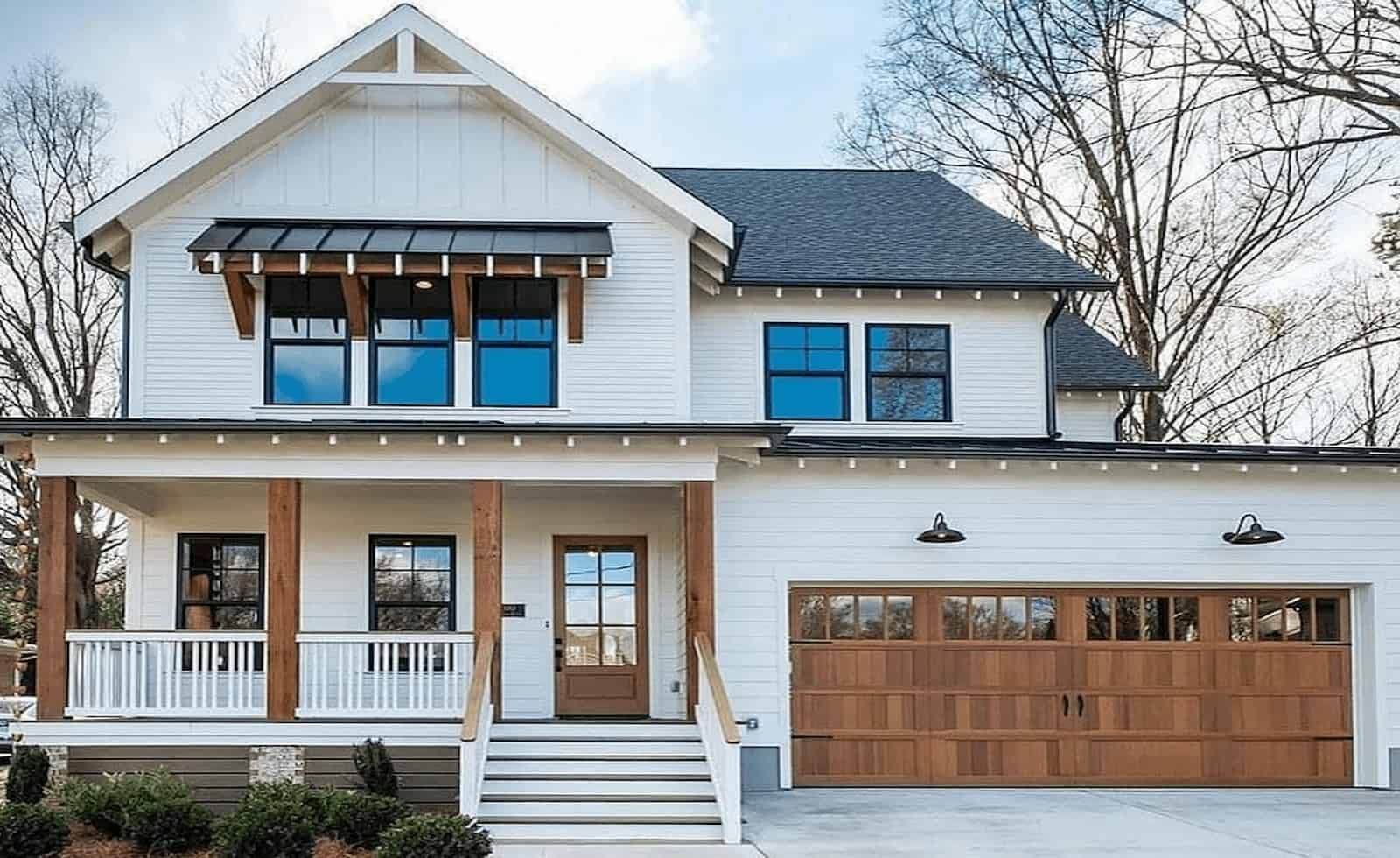Windows open or closed when hot?
Author: Bill Hoelzer / Updated: August 2024 / Read Time: Four Minutes
Friendships have been lost over this argument:
If it’s hotter outside than inside, should you open the windows?
On the one hand, some people associate a closed window with a stuffy room. You might think that opening the window would increase air circulation and make it feel cooler inside.
On the other hand, if you opened the window, it’s reasonable to think that the room would get hotter because you’re circulating hotter air from outside.
Let’s settle this once and for all - If it’s hotter outside, then in general, you should keep the windows closed. Heat moves from areas of high concentration to low concentration, so opening the windows when it’s hotter outside will make your home feel hotter.
That said, there’s a lot you can do to cool your home by strategically opening, closing, and covering your windows at the right time. We’ll outline the best practices below.
If you have questions about installing a new cooling system or replacing your windows in Portland or Bend, Oregon, please don’t hesitate to give us a call at 541.330.8767. You can also schedule an appointment online:
At a Glance: When to Open and Close Windows
Here’s an overview of when windows should be open, closed, or covered to keep your home as cool as possible during the summer months. Use the links to learn more.
What if you have a heat pump or central air?
Please note that if you’re actively running a heat pump or air conditioner, you’ll get the best performance by keeping your windows closed. You can disregard the advice about opening windows.
Close and cover your windows during the day
The basic rule of thumb is that you should close your windows when the temperature outside starts to exceed the temperature inside. It may seem counterintuitive, but as the temperature climbs, you'll often make your home warmer, not cooler, by opening the windows.
If you love the light and it doesn't work to cover windows on the sunniest side of your home, consider planting trees or tall shrubs outside to filter the light. And houseplants in the window would be better than nothing.
Open your windows at night and early morning
When the air outside is cooler than inside, open your windows wide, especially those oriented toward prevailing winds. This will allow you to take advantage of natural cross ventilation. You can improve cross ventilation at night and in the early morning with window fans.
How to improve cross ventilation with window fans
Window fans cost less to operate than a central air system. Some homeowners use fans during the shoulder months of spring and fall, then switch to their heat pump or AC during the hottest months of the year.
Here’s the key to using window fans: You'll want both in-blowing and out-blowing window fans to maximize air movement in your home.
We're not talking about the oscillating fans you might put on a desk or bedside table. If you don't own and would rather not buy a specially designed window fan (like this one), a standard box fan (like this) will do the trick. Either way, it's critical that you set the fan securely into the window opening.
Remember, it’s best to use two window fans, one with the blades drawing air into the home and another with blades are pushing air out.
Go for prime placement - Position inward-blowing fans on the shady side of your home, outward-blowing fans on the sunny side. If your home has multiple floors, the ground-level fans should pull air in, while the upper-level fans should push rising warm air out.
Leverage what’s known as the stack effect - After sunset, set the ground-level fans to bring in cool night air, while trusting the upper-story fans to expel warm air. In the morning, when the house is at its coolest, remove the fans and shut the windows.
To cover your windows, consider insulated cellular shades
Insulated cellular shades are made of pleated materials that are designed to fold up, accordion-like, usually at the top of the window, but sometimes at either the top or the bottom.
About 76% of sunlight that falls on standard double-pane windows enters the home to become heat (energy.gov). That's a lot of heat, and the percentage increases with older, single-pane windows.
Insulated cellular shades have the highest R-values of all window coverings. They're a good choice for energy savings as well as comfort, privacy, and increased home resale value.
Heating Season: During the winter months, tightly installed cellular shades can reduce heat loss through windows by 40% or more, which equates to about 20% heating energy savings (energy.gov).
Cooling Season: Through the summer, cellular shades can reduce unwanted solar heat through windows by up to 80%, reducing the total solar gain to 15% or less when installed with a tight fit (energy.gov).
Cellular shades that operate on side tracks are most effective at increasing the R-value of windows, and those that open from both the top and bottom allow you to most effectively control daylight entering the home.
Some cellular shades include the option of automation, allowing them to open and close on a set schedule. The schedule can be seasonally optimized to reduce heating and cooling loads while maximizing natural light and home comfort.
What about curtains and drapes?
Curtains are fabric interior attachments that are sized to fit the window, while drapes reach all the way to the floor.
A drapery's ability to reduce heat loss and gain depends on several factors, including fabric type (closed or open weave) and color. With such a wide variety of draperies available, it's difficult to make generalizations about their energy performance.
During summer days, it's best to close draperies on windows receiving direct sunlight to prevent heat gain. Studies demonstrate that medium-colored draperies with white-plastic backings can reduce heat gains by 33% (energy.gov).
When drawn during cold weather, most conventional draperies can reduce heat loss from a warm room up to 10%. So in winter, you should close all draperies at night, as well as draperies that don't receive sunlight during the day.
For maximum effectiveness, install a cornice at the top of a drapery or place the drapery against the ceiling. Then seal the drapery at both sides and overlap it in the center. You can use Velcro or magnetic tape to attach drapes to the wall at the sides and bottom. Taking these steps may reduce heat loss up to 25%.
Awnings, especially retractable ones, can be a good idea
An awning is a roof-like shelter installed on a home’s exterior that shades windows from the sun’s heat and glare. Fixed or retractable, awnings can also shade outdoor living spaces.
Window awnings can reduce solar heat gain in the summer by up to 65% on south-facing windows and 77% on west-facing windows. You can use an awning to shade one window or have an awning custom-made to shade the entire side of your house.
Today, most awnings are made from synthetic fabrics such as acrylic and polyvinyl laminates that are water-repellent and treated to resist mildew and fading. Whatever the fabric, you should choose one that is opaque and tightly woven. A lighter-colored awning will reflect more sunlight.
While awnings can save energy during the cooling seasons, they can increase energy used for heating, so keep this in mind when deciding whether awnings are right for you. You can also adjust your use depending on the season: Keep awnings installed or closed in the summer and remove or open awnings in the winter.
Learn More about Windows
Start by visiting our window resource pages for homeowners in Portland or Bend, Oregon. You can also keep reading our latest blog articles about energy efficient windows.











